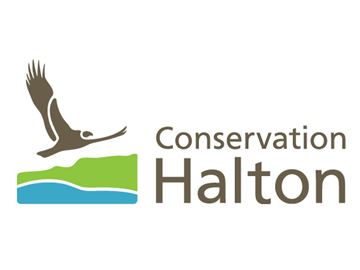 |
Follow the chatter on Ontario Trails |
Wetland system should be 'overhauled'
By Kris Dube / News Editor
October 5, 2015
|
FORT ERIE - Town of Fort Erie planning staff says Ontario's wetland evaluation system should be 'overhauled.'
A review of the Conservation Authorities Act is in its early stages as the Ministry of Natural Resources and Forestry seeks input from municipalities, Aboriginal communities, conservation authorities, stakeholders and the public to address roles, responsibilities, funding and governance of conservation authorities in resource management and environmental protection.
Through the approval of a report on Monday night, the municipality will send input for the review of the Act, along with the Conservation of Wetlands in Ontario Discussion Document.
Comments staff will forward as feedback for the review fall under the categories of of governance, funding and roles and responsibilities.
Staff is recommending that all members of the Niagara Peninsula Conservation Authority be elected municipal or regional officials and that appointees should have a four-year term, instead of three years.
There are 15 members that sit on the NPCA board – 12 members are appointed by the Regional Municipality of Niagara, two from City of Hamilton and one from Haldimand County.
Of the 15 members, 12 are elected officials and three are civilians.
Further, the NPCA is funded largely by the Region, contributing to approximately 65 per cent of the budget.
The province currently contributes to approximately 4.8 per cent of the budget.
Fort Erie planning staff also agrees that more provincial funding should be available and that it should reflect the importance of natural heritage.
Regional officials will also be sending a co-ordinated response to the province, Fort Erie senior planning staff said at Monday's meeting.
Town officials also want NPCA staff have to be given more authority to identify wetland boundaries within its geographic jurisdiction.
The complexity of natural heritage should also be reduced, according to the information contained in the report approved by council on Monday night.
Natural heritage has important impacts on community planning and development in Fort Erie, says staff in its report.
Fort Erie staff is recommending provincial changes to assist in addressing natural heritage issues, reads the conclusion of the report.
In Fort Erie, because of the wetland scoring and complexing system, marginal wetland areas, with little biodiversity are complexed and protected, according to staff.
"Some of the wetlands are in urban areas on employment lands,” reads the report in Monday's council package.
Staff says the system should reflect biodiversity, protect truly important areas, particularly in urban areas.

